Wiping on Seal Coat?
franksmom_2010
11 years ago
Related Stories
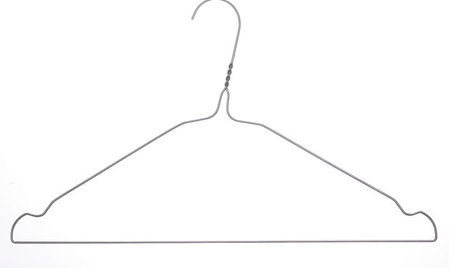
EVENTSWho Invented the Coat Hanger, and Other Household Mysteries Solved
Learn the origins of common household objects, see patent drawings and more in a traveling exhibition
Full Story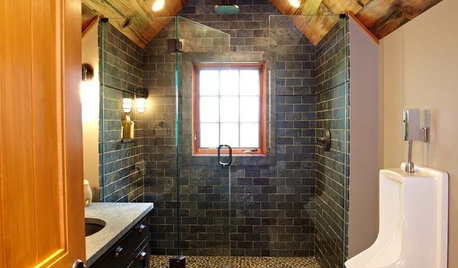
BATHROOM DESIGNWood in the Bathroom? Absolutely!
Wet places and wood can be a match made in design heaven — see great examples and get tips for sealing and installing bathroom wood here
Full Story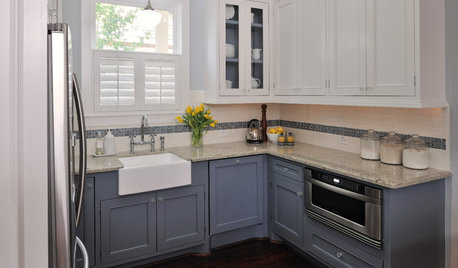
KITCHEN CABINETSKeeping Cabinet Color on the Down Low
Give just base cabinets a colorful coat for a kitchen sporting character and a spacious look
Full Story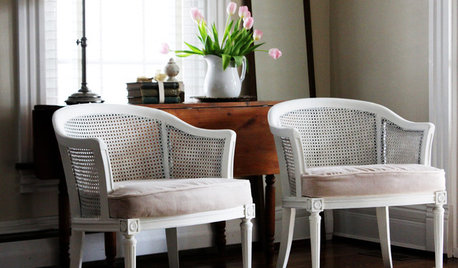
FURNITUREHandmade Home: Revamp a Chair
A coat of paint and some fresh fabric can turn estate sale and flea market furniture into just-right pieces for your home
Full Story
KITCHEN COUNTERTOPS7 Low-Maintenance Countertops for Your Dream Kitchen
Fingerprints, stains, resealing requirements ... who needs ’em? These countertop materials look great with little effort
Full Story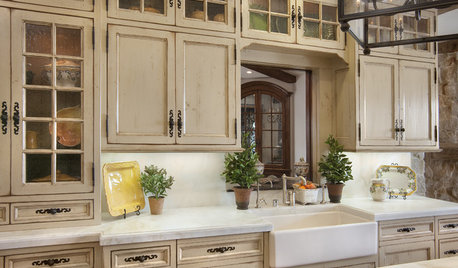
KITCHEN DESIGNStress Less With Distressed Cabinets
Stop worrying over every little nick and chip. Intentionally aged cabinets give the kitchen or laundry room a relaxed, timeworn look
Full Story
HEALTHY HOMEGet Cleaner Indoor Air Without Opening a Window
Mechanical ventilation can actually be better for your home than the natural kind. Find out the whys and hows here
Full Story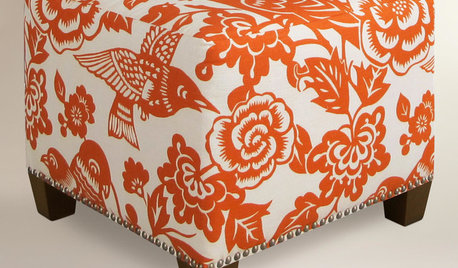
PRODUCT PICKSGuest Picks: Awesome Orange Accents
Get into the fall spirit with lighting, pillows, vases and even furniture in the color of falling leaves
Full Story





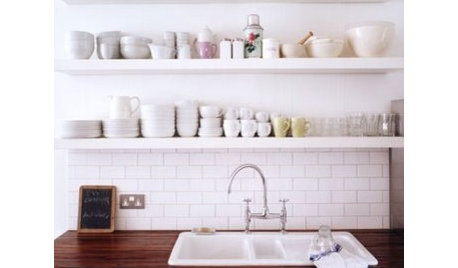
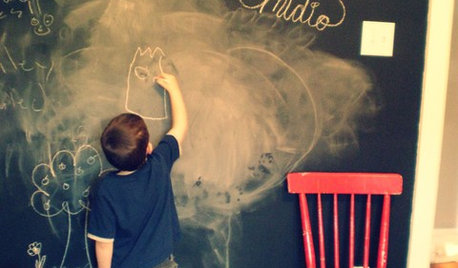



sombreuil_mongrel
lazy_gardens
Related Professionals
Palisades Park Cabinets & Cabinetry · Radnor Cabinets & Cabinetry · Aldine Carpenters · Laguna Niguel Carpenters · Valdosta Carpenters · Four Corners Flooring Contractors · Damascus Flooring Contractors · Hudson Flooring Contractors · Johnson City Flooring Contractors · Lakewood Flooring Contractors · Palm Harbor Flooring Contractors · Shepherdsville Flooring Contractors · San Elizario Furniture & Accessories · Little Chute Furniture & Accessories · Chantilly Handyman